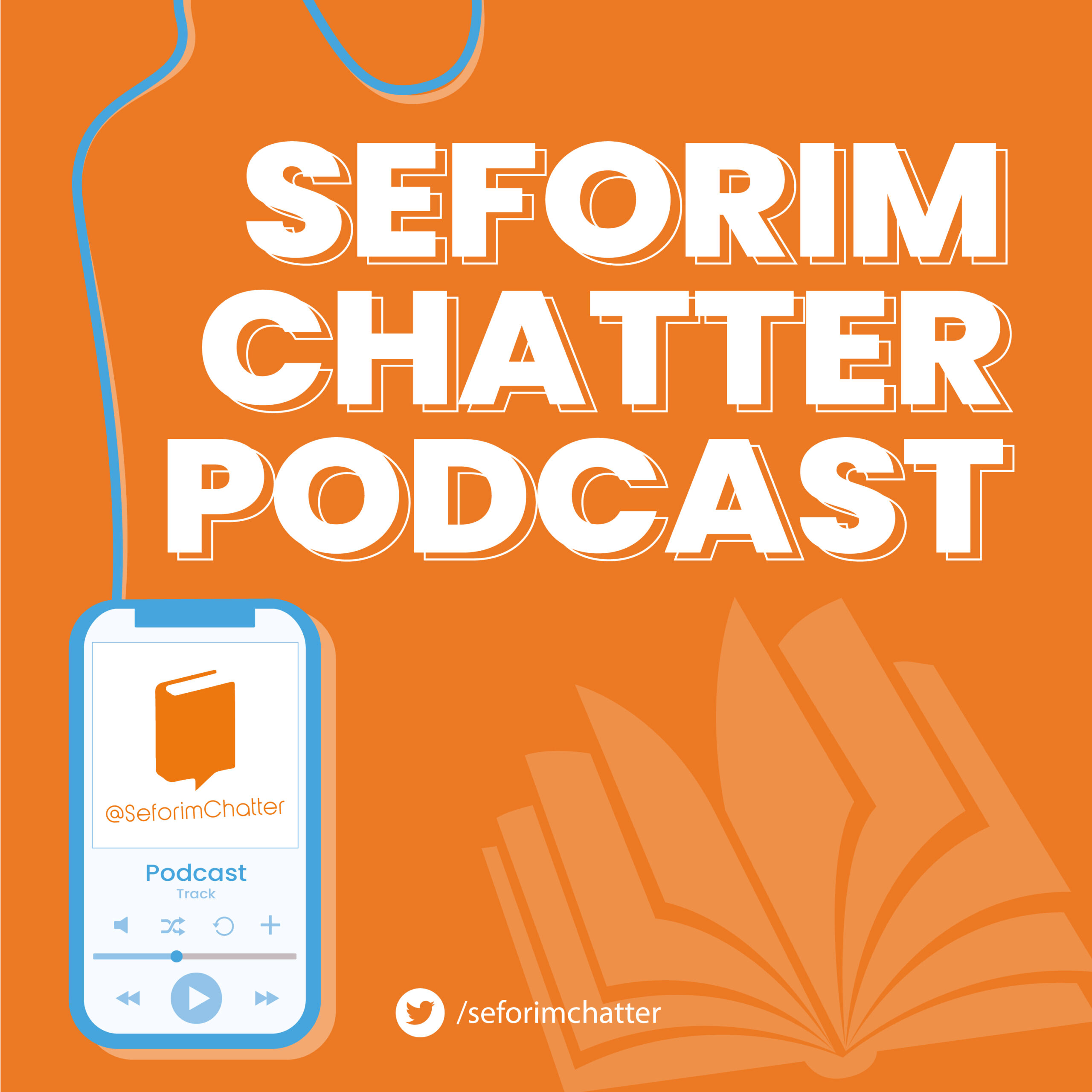Reviewed by Rabbi Moshe Maimon, Jackson, NJ
The new Koren Selihot Minhag Lita is a beautifully produced volume in which the meticulous care invested in it is evident from every aspect of the publication, with the result being an aesthetically superior volume from which it is a pleasure to daven.
The text, as well as punctuation, of the selichos has been thoroughly checked and revised with precision, and it has all been laid out in a crisp and attractive format. The translation is lucid, elegant, and easy to follow. The introduction is thorough and scholarly, and the notes are informative and lively.
Some of my impressions pertaining to various features of this handsome new edition will follow below with the hope that the few nitpickings that are interspersed in these impressions only serve to underscore the generally superb quality of this alluring 1300-page volume.
Introduction
Rabbi Jacob J. Schachter’s introductory essay is essentially a monograph detailing various recurring themes in the Selichos service. These include themes of general nature such as the essence of teshuvah and our relationship to God, as well as specific selichos genres including the centrality and function of the 13 attributes of mercy; the historical interpretations, and presentations, of the Akeidah throughout the course of history; and also, the anti-Christian overtones found in various selichos.
This encyclopedic essay is a piece of first-rate scholarship, and the footnotes contain copious references to a good deal of scholarly literature available on the topic at hand from a rather wide array of sources, both English and Hebrew. The addition of this introduction is a great enhancement to this volume, but one wonders if the reader might have been even better served if the introduction were to also focus on the history and development of the selichos throughout the ages and across continents, as well as an exposition of its structure and an identification of its many moving parts.
Layout
The layout follows the Koren design standard whereby the reader finds on every open folio that the Hebrew is on the left side and the English is on the right. The reason for this is that it was felt that in a book which opens from right to left, “page one” is always on the left side, with the first page of every section always beginning on the left. For this reason, the Hebrew pages which are the main pages should take their place of precedence on the left side. Artscroll, on the other hand, has always opted for the reverse, arguing that when the book is open both pages should be taken as a whole, and the Hebrew should begin on the right flowing leftwards, while the English should start at the left end, moving right; each following their natural course.
Readers will likely opt for what they are accustomed to, but it remains to be seen which design, if any, will win out in the end. However, one cumbersome, and I find confusing, effect of the Koren design, should be pointed out. While the pages of the book progress like a Hebrew book from right to left, each open leaf is taken as a whole when it comes to the footnotes, with the result being that footnotes starting on the left page, under the Hebrew text, continue on the right page, under the English text, running counter to the orientation of the book – from right to left.
Hebrew Text
The text and nikkud of the entire selichos has been reviewed with care, and all the stanzas were laid out line by line so that the reader can appreciate the cadence and rhythm of the poetry. Biblical verses are all supplied with proper citation in the margin of both the Hebrew text, as well as the corresponding English translation.
One verse which is said every day comes from Eichah 5:21: השיבנו יהוה אליך ונשוב [ונשובה] חדש ימינו כקדם. As you can see, the word ונשובה is bracketed as if it were a קרי/כתיב because it is spelled deficiently in the passuk, though the deficient spelling does not affect the pronunciation. In the present volume, only the deficient spelling is provided, and while accurate, it may appear strange to the eye of the reader.
One trivial note. The arrow indicators marking the point where the Chazzan is to begin his recital of each part of the liturgy is a helpful feature, one from which I have benefited in my personal experience. Yet, for some reason when it comes to the piyyutim, these markings only grace the piyyutim of the first day, but from the second day and on, these markings are absent.
English Translation
The present edition is intended to offer an alternative to the Artscroll editions (as well as, to a lesser extent, Metzudah), which have enjoyed near complete dominance of the market for quite a while. It is perhaps natural therefore that no credit is given to these editions among the others which have been consulted for this project at the end of the introduction. Still, one supposes that these editions too had what to offer, and the public could have only benefited by the comparison to these editions.
One feature of the Artscroll edition, in particular, might have been utilized advantageously by the editors and readers of the Koren edition, and that is the scriptural references provided at the bottom of the pages which can help decipher some of the more obscure phrases.
As mentioned, the translation is eminently readable by and large, though, like any translation, here and there one can still quibble about whether the translation accurately captures the intent of the original.
One such example is from the famous selichah, מלאכי רחמים משרתי עליון (subject of the famous controversy concerning prayers directed to angels; a subject treated exhaustively in Rabbi Jacob J. Schachter’s introduction) where the sixth stanza ends with the following phrase: לא שכחה בכל זאת מכתב עוז חביון. This phrase is translated as “Yet despite all this, they will never forget their hidden strength,” however, in the context of describing the travails visited upon the Jewish nation in exile, the meaning of this phrase is still somewhat ambiguous, and the reader is left wondering, what, exactly, is their “hidden strength”? Is it their faith, their commitment to their religion, or is it perhaps their fierce national identity and will to survive? Additionally, the Hebrew word מכתב, is curiously left untranslated.
Artscroll’s translation, framing the phrase as a reference to the tenacious clinging of the Jewish nation to its Torah, seems closer to the point, “despite all this she will not forget the mighty, hidden, Written Law.” Yet, in light of the fact that this verse is adapted from Chabakuk 3:4 (referenced in a note to the Artscroll translation), where the verse describes God’s “Strength Enveloped” in radiant rays of light, it would appear that a more accurate rendering would read like this: “they have not forgotten the Writ in which God’s Strength is enveloped.”
Notes
The footnotes, typically scholastic and well sourced, often highlight the specific themes that are expressed in the piyyutim and show parallels for them in Rabbinic literature. Here and there, they delve into the rhetorical, and will sometimes offer midrashic explanations that complement the underpinning pshat that is voiced in the translation.
One such example is the touching explanation cited in the name of the author’s father, concerning the plea expressed daily in the שמע קולנו prayer: אל תשליכנו לעת זקנה. This means, says Rabbi Schachter, do not cast us suddenly and hastily into old age, but rather let us reach it gently and deliberately. The author does not point out, however, that his explanation does not conform to the simple reading of the words לעת זקנה, which do not mean “into old age” but rather “at the time of old age” (similar to לעת צאת השואבות in Bereishis 24:11), or as it is rendered in the translation, “do not cast us away in our old age.”
Already in the introduction, Rabbi Schachter concedes that his notes will be primarily thematic and will not dwell on the lingual aspects of the liturgy, and, true to form, while the discussions will sometimes center on the meaning of a phrase based on its philological context (such as the employment of the term נצר נתעב to refer to ישו הנוצרי as a counterbalance to the missionary application of the term נצר משרשיו for the same purpose), for the most part, the rich poetic tapestry that makes up the selichos is left unexplored from a linguistic perspective.





